
Edith Dekyndt, Wreck (Detail), 2021, fabric and glass, 180 x 122,5 cm
Edith Dekyndt
December 16, 2021 – February 20, 2022
Edith Dekyndt works across video, sculpture, installation, drawing and sound to address timeless concerns of light, time and space. Throughout her work, she manifests a profound interest in physical phenomenons and ephemeral incidents by paying close attention to materials and their transient nature. She transforms her sensual perceptions to create a conceptually rich and materially engaged visual language.
For this Online Viewing Room, Edith Dekyndt created a new series of works where pieces of broken glass are delicately stitched onto velvet and carefully draped over metallic bars. Precariously balancing the seemingly opposite material properties of glass and fabric, Edith Dekyndt’s operation oscillates between an act of healing and a razor-sharp deception. The series is accompanied by a text written by Maria Gil Ulldemolins.
For this Online Viewing Room, Edith Dekyndt created a new series of works where pieces of broken glass are delicately stitched onto velvet and carefully draped over metallic bars. Precariously balancing the seemingly opposite material properties of glass and fabric, Edith Dekyndt’s operation oscillates between an act of healing and a razor-sharp deception. The series is accompanied by a text written by Maria Gil Ulldemolins.


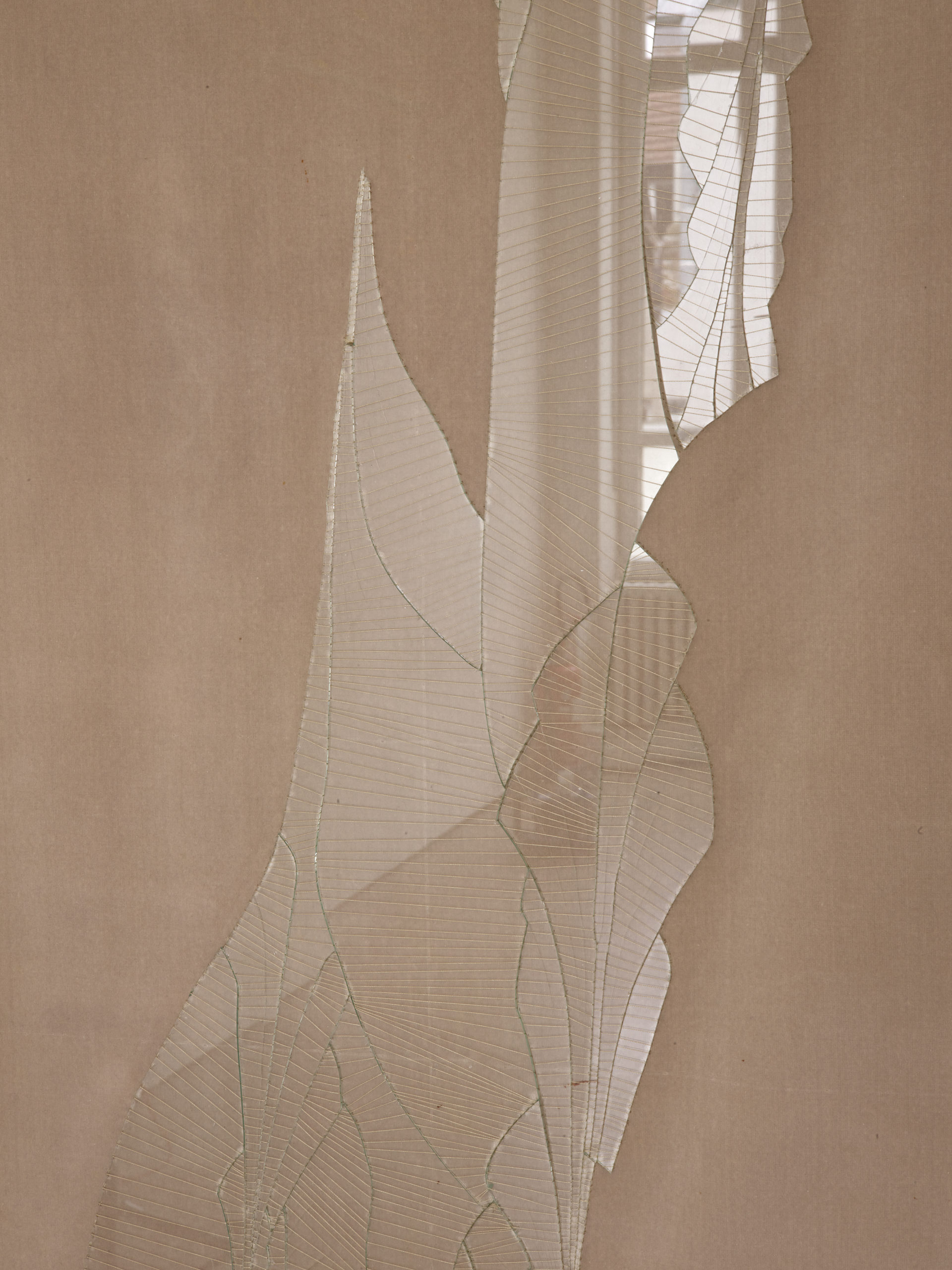









Breaking a piece of glass is not as easy as people suppose.
Glass is made of sand (yes, this a poetical simplification). Glass is made of sand but its memories are of the sea: glass does not know it is solid, its molecules misbehave, misalign, refuse to fall in formation as one would expect. Glass is misleading transparency: tougher and more fluid than it seems.
Breaking a piece of glass is harder than you’d think.
Yet glass eventually accepts its vulnerability to force. To forces, actually; many, different: sound waves and frigid temperatures and physical impact. These get to “destroy [its] continuity” *. Glass simply cannot go on, after certain amount of violence.
Glass is tough, harder to break than you’d imagine.
But it gets to a point when the world outside itself is simply too much, too loud, to cold, too brutal, and glass shatters; the topography of its weakness on its surface. Surfaces now, plural. A break is a very stubborn line. Cracking is a sharp form of drawing.
* https://www.etymonline.com/word/break
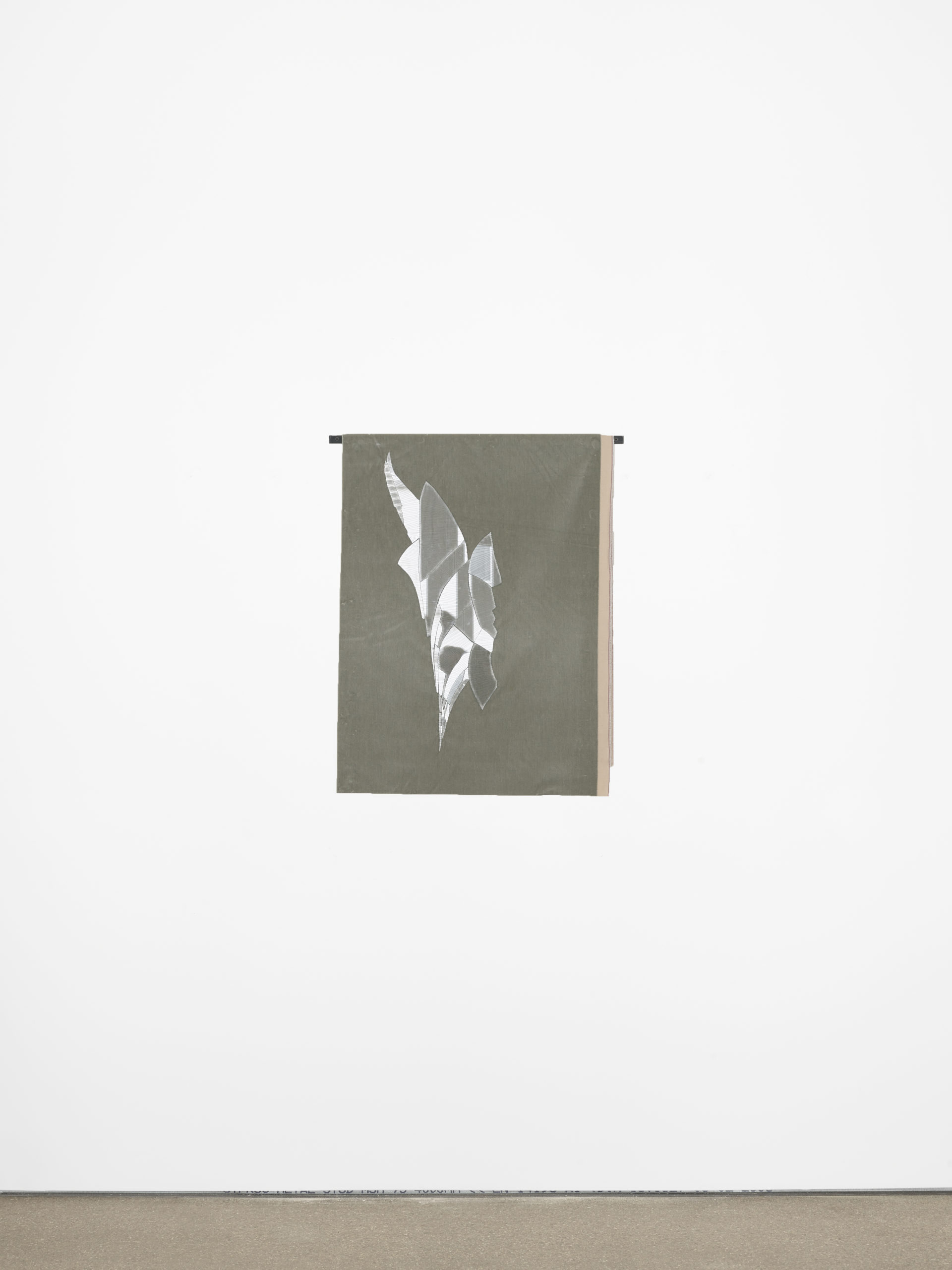









Installation view, Edith Dekyndt, OVR, Galerie Greta Meert, Brussels, 2021
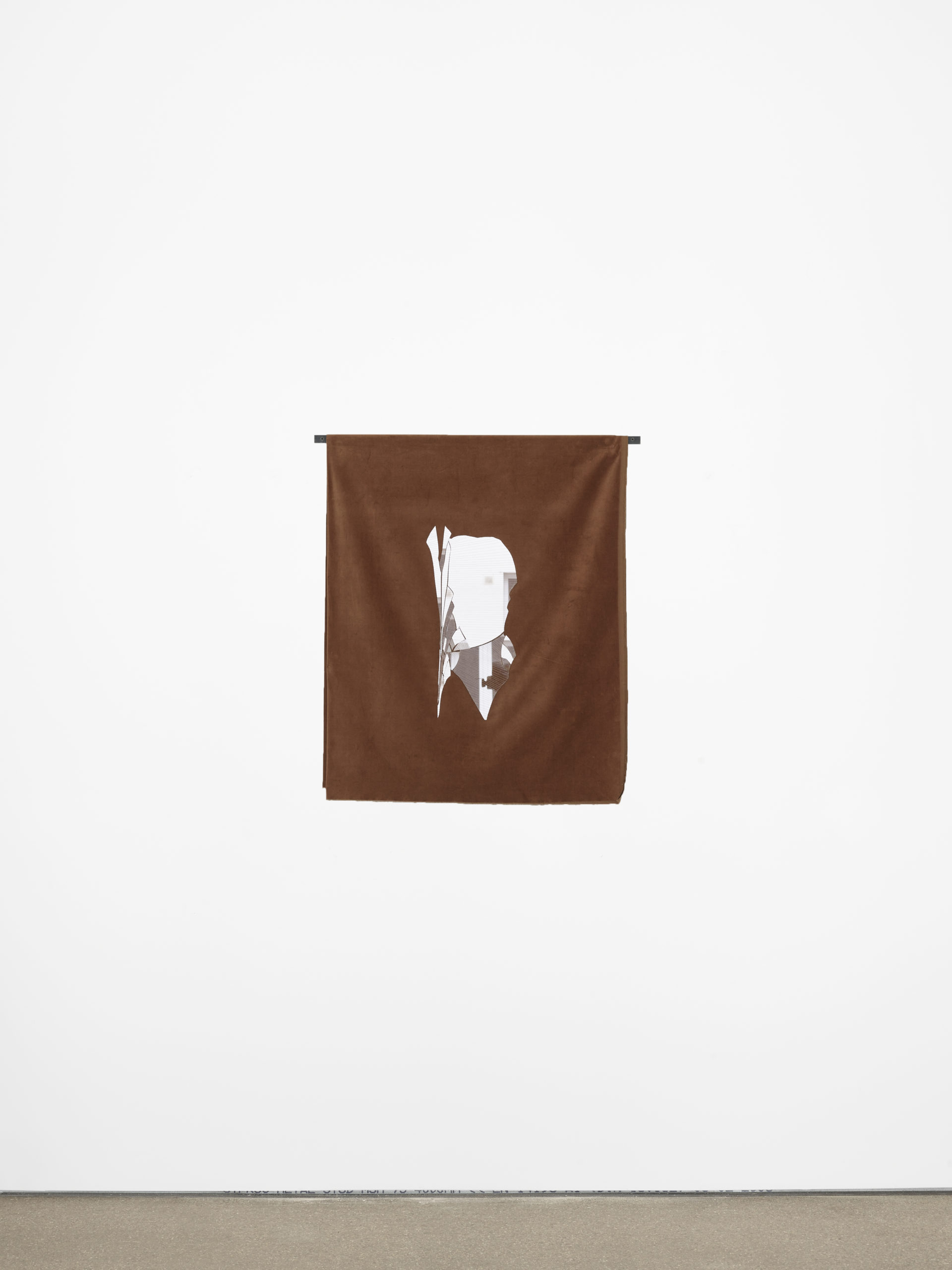





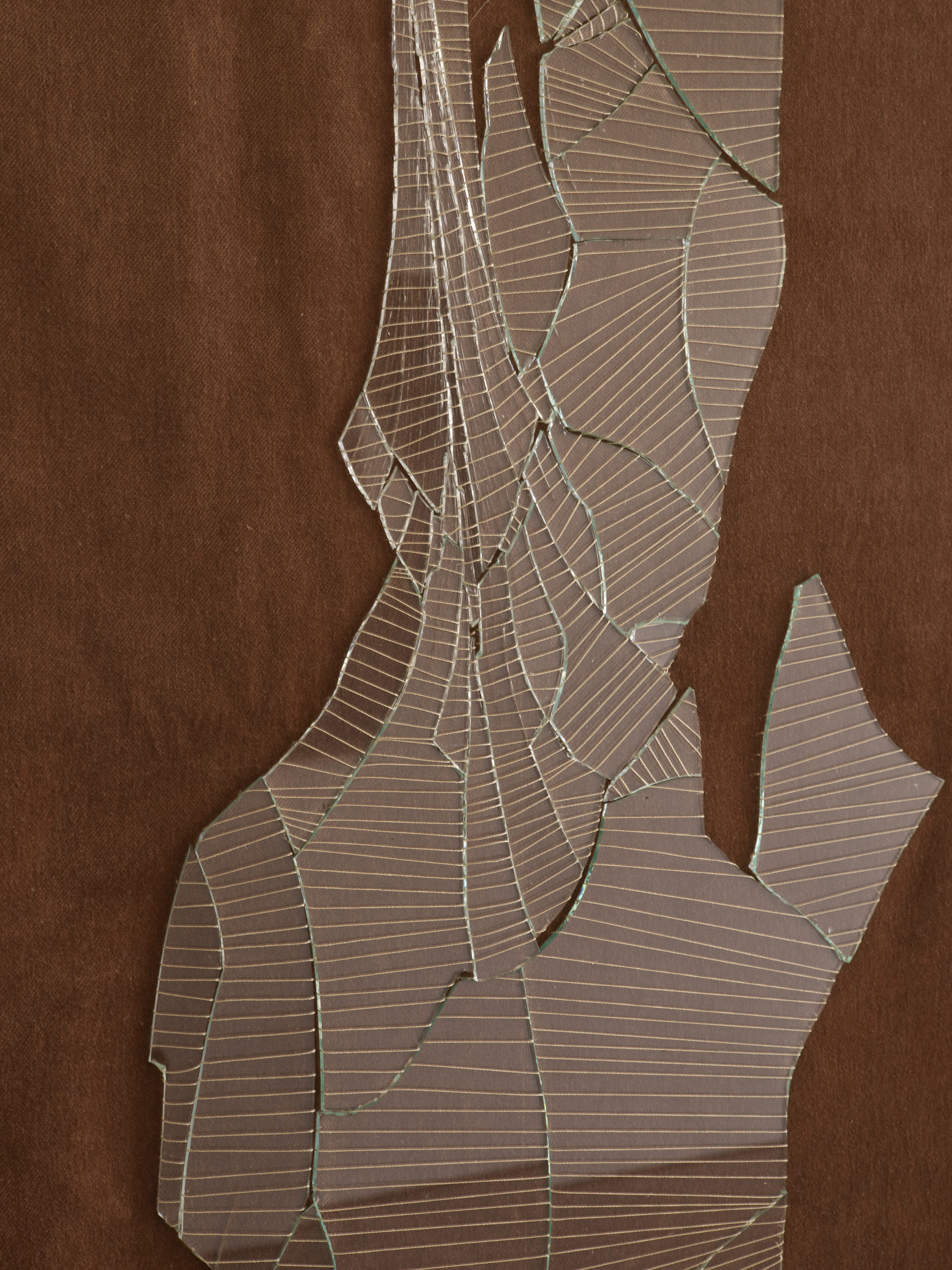

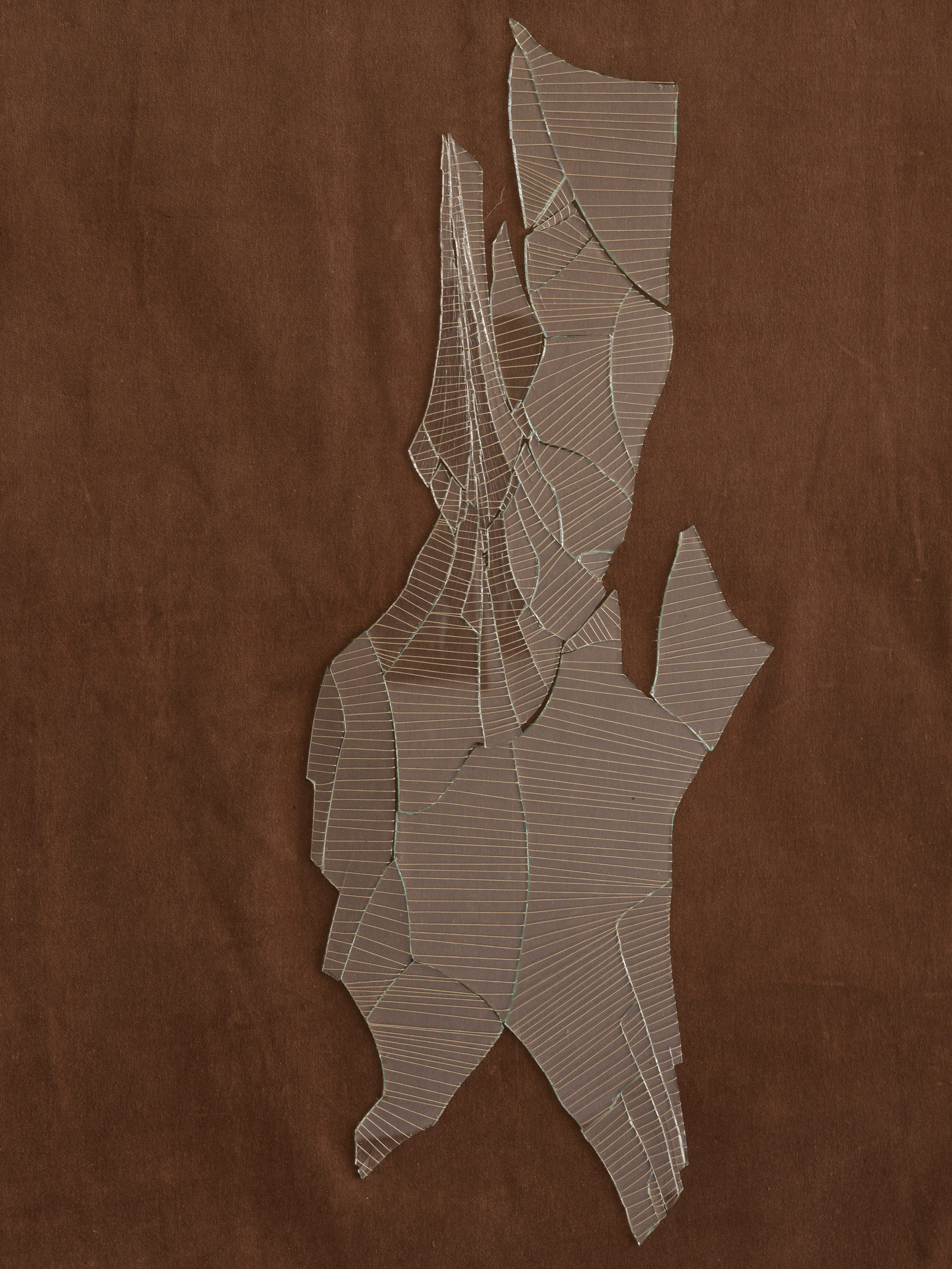


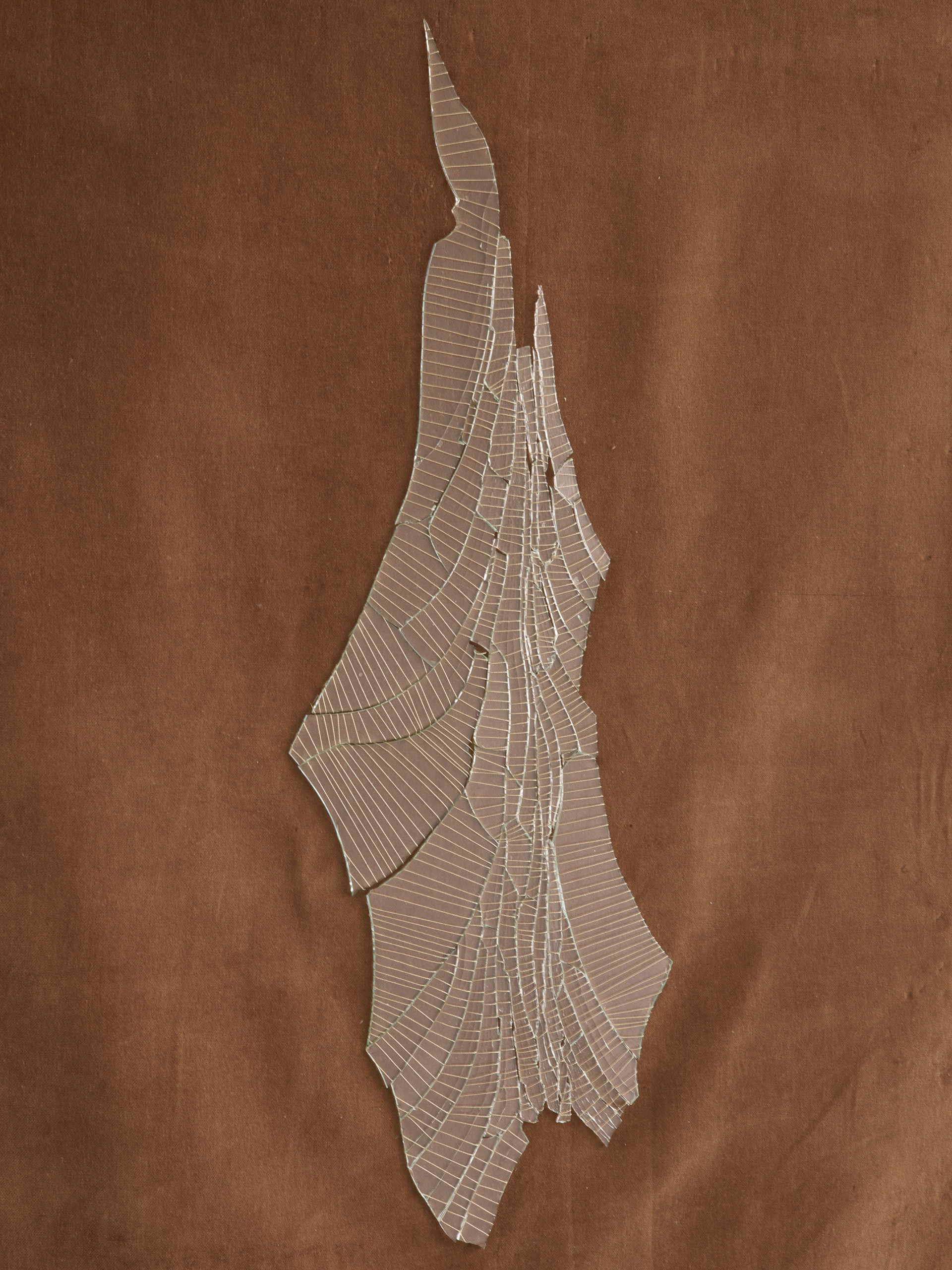

Installation view, Edith Dekyndt, OVR, Galerie Greta Meert, Brussels, 2021
Glass, you know. Hard to break, actually.
Dekyndt has long been interested in the material properties of glass, in how it holds contradiction without any issue. They say intelligence is being able to hold two opposed ideas at once, don’t they? Dekyndt has been drawn to glass’ intelligence. An intelligence that as we were seeing, is also sensitive. You could even say that glass is aware of beauty, the way dainty things tend to be.
Dekyndt has long been interested in the material properties of glass, in how it holds contradiction without any issue. They say intelligence is being able to hold two opposed ideas at once, don’t they? Dekyndt has been drawn to glass’ intelligence. An intelligence that as we were seeing, is also sensitive. You could even say that glass is aware of beauty, the way dainty things tend to be.
It does break, glass, but it takes more than it seems.
You would not want to read too much into it. Into a material frenzy against something that reflects its surrounding (metaphors are easier to destroy than glass). This year of infectious, invisible disease, present but invisible on the surface of glass. The glass and its molecules unconvinced about solidity. The glass and its molecules and its alleged solidities, all in pieces.
Broken Drawings, 2021, editing Pierre Henri Leman, voice Charlotte Van Coppenolle, 1’59”
The thing about glass is that it breaks. Eventually.
Dekyndt is the aggressor and the healer. Stitch by stitch, the shards are settled into velvet, reencountered. It could be a shroud, this textile receiving glass that has surrendered. But it is more complicated than that (two ideas at once, and all that). The glass is not dead because it is forever alive. Dekyndt’s actions are not a negation but an “affirmation”, a term media scholar Dan Mellamphy uses to describe fragmentality. “The break is the incapacity to end,” Mellamphy adds, this time borrowing from literary theorist Hans-Jost Frey.*
Dekyndt is the aggressor and the healer. Stitch by stitch, the shards are settled into velvet, reencountered. It could be a shroud, this textile receiving glass that has surrendered. But it is more complicated than that (two ideas at once, and all that). The glass is not dead because it is forever alive. Dekyndt’s actions are not a negation but an “affirmation”, a term media scholar Dan Mellamphy uses to describe fragmentality. “The break is the incapacity to end,” Mellamphy adds, this time borrowing from literary theorist Hans-Jost Frey.*
* Dan Mellamphy, 1998, “Fragmentality (thinking the fragment)”.
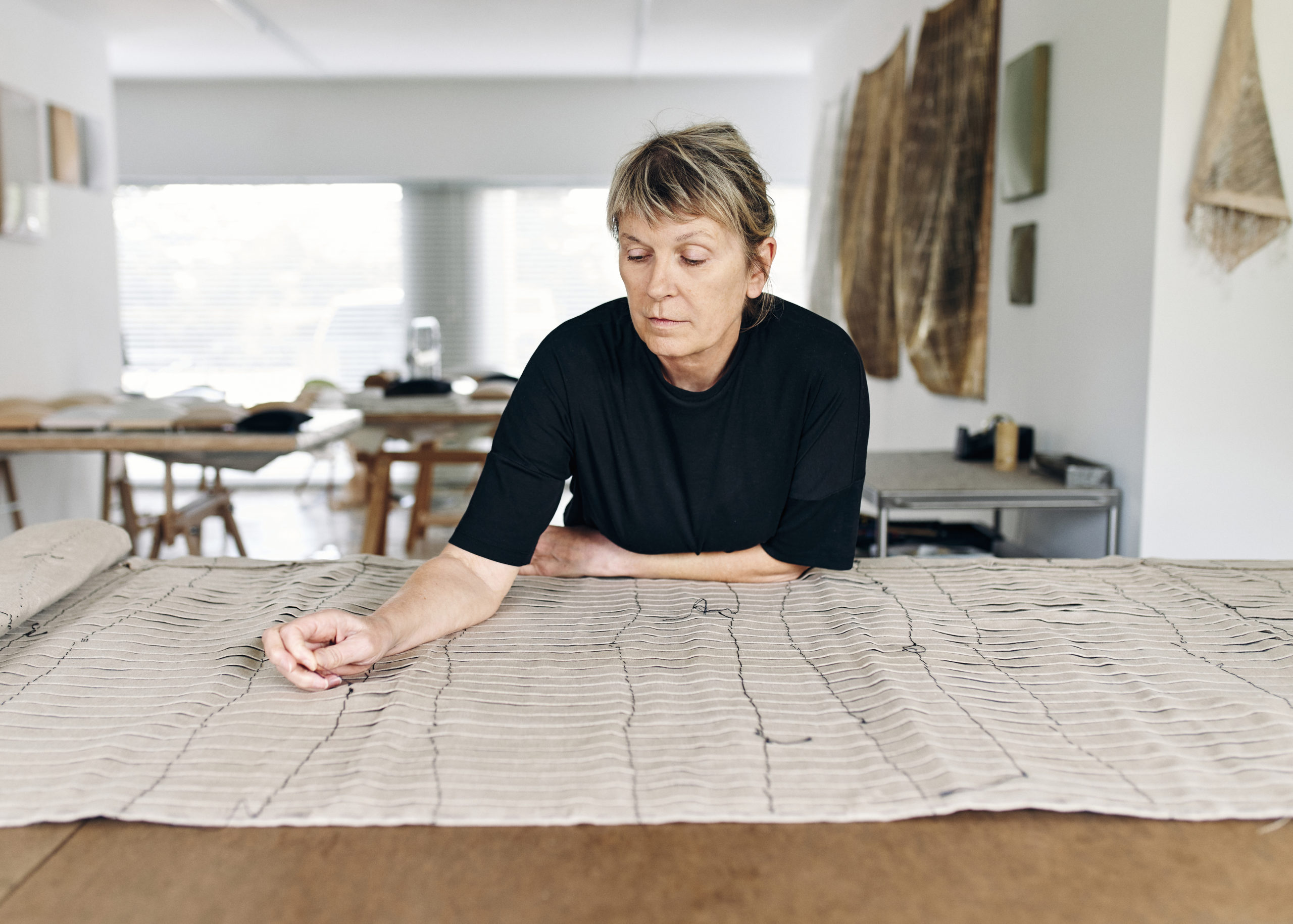
Portrait Edith Dekyndt in her studio ©Barthelemy Decobecq

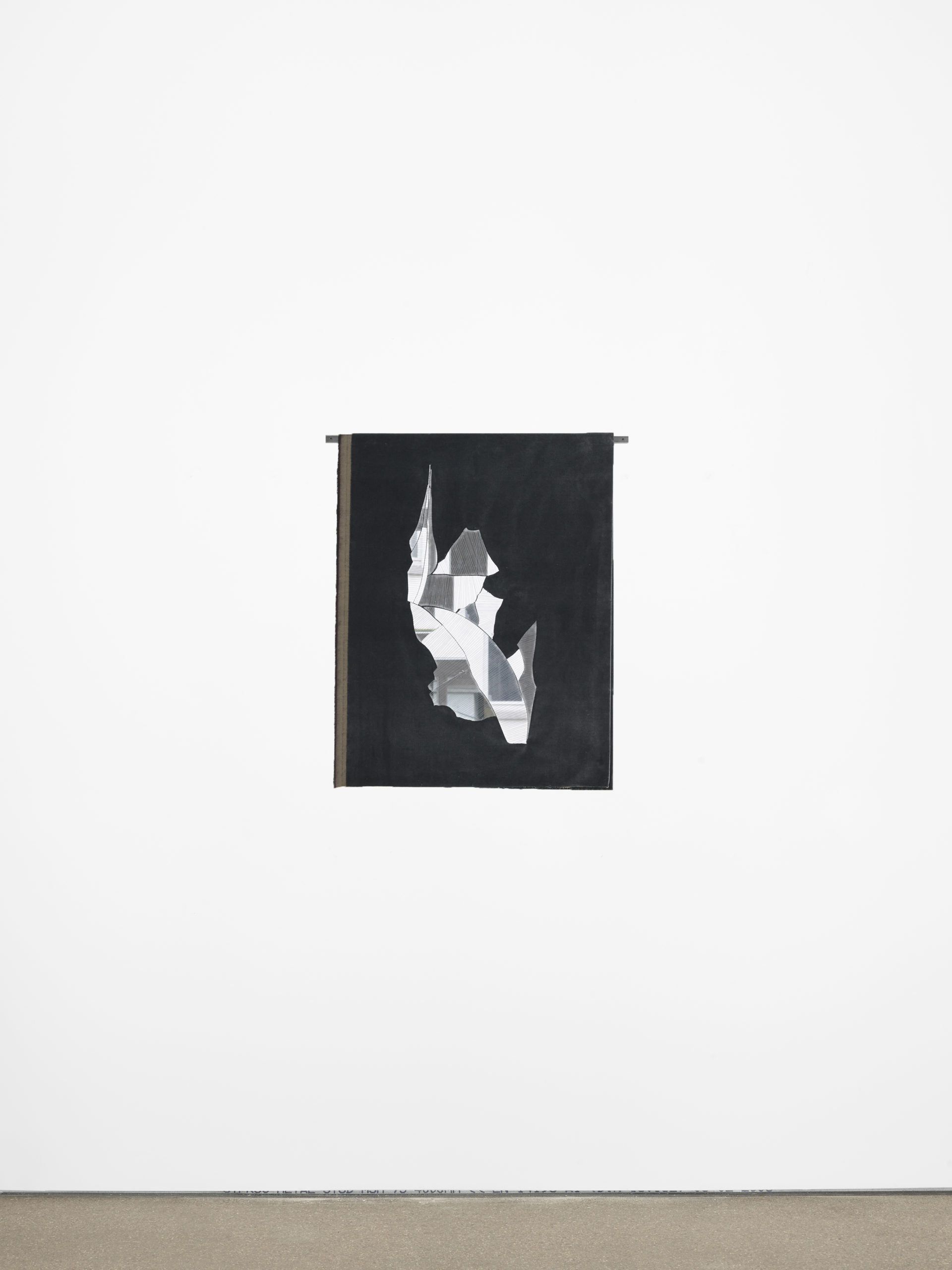



To break glass is rather hard.
Dekyndt’s violence is a means of transcendence. Dekyndt always ends up swerving past metaphors, delicate, as I was saying, and right into metamorphoses. The impact is one that gives, rather than takes; and the careful suture is less a reparation than a doubling down (lines are not the only stubborn ones, afterall). A breakage is a compulsive spell, a clamour for ongoingness and transformation. A breakage is magic because, for a second of anticipation, it manages to convince glass, despite its smarts, of its solidity.
Dekyndt’s violence is a means of transcendence. Dekyndt always ends up swerving past metaphors, delicate, as I was saying, and right into metamorphoses. The impact is one that gives, rather than takes; and the careful suture is less a reparation than a doubling down (lines are not the only stubborn ones, afterall). A breakage is a compulsive spell, a clamour for ongoingness and transformation. A breakage is magic because, for a second of anticipation, it manages to convince glass, despite its smarts, of its solidity.

Installation view studio Edith Dekyndt, 2021